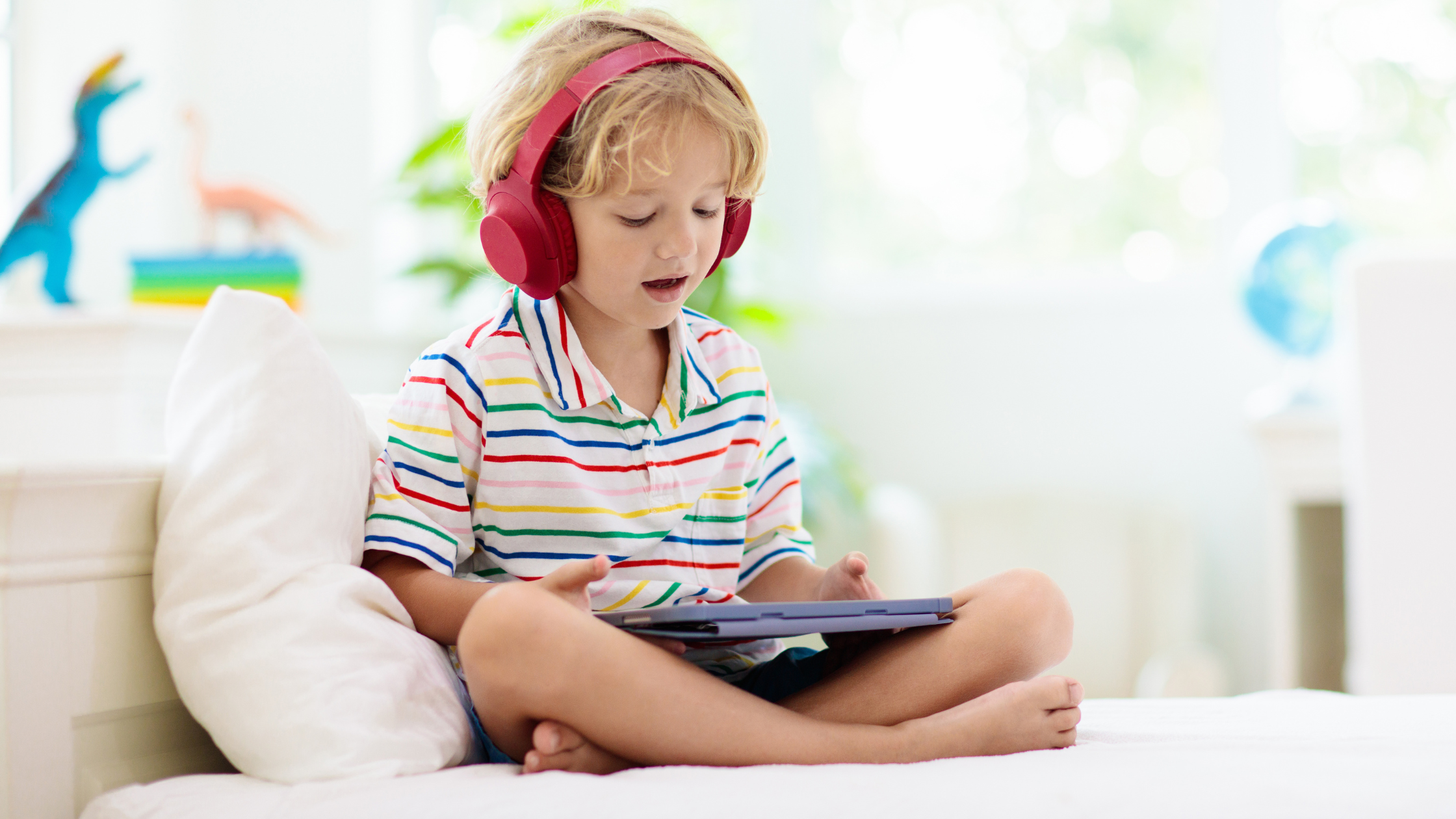
Parents today face a big question: should kids spend their screen time on YouTube or on educational apps? Both are popular choices, but when it comes to safe screen time and language learning, the differences are clear.
YouTube has become one of the most common platforms for kids learning online. It offers songs, cartoons, and tutorials in almost every language. But with this freedom comes concerns:
Ads and distractions: children are exposed to commercial content (for those who do not pay for an ad-free subscription)
Overstimulation: Fast-paced videos can affect attention span.
Limited control: parents can’t always filter what appears next.
For families looking to encourage bilingual learning or structured education, YouTube can feel risky.
Educational apps, like Parlini Land, are designed specifically for kids learning through play. Unlike video platforms, they focus on interactive games inside a controlled environment.
The benefits include:
No random ads: safe content without outside influence or targeted promotions.
Safe design that supports language learning, maths, or problem-solving in age-appropriate ways.
Low stimulation: calmer visuals and sounds compared to endless video scrolling.
Parental control: parents decide what and when children play.
Apps like Parlini Land make bilingual learning fun with games in 10+ languages, ensuring screen time is both safe and educational.

It’s not about banning YouTube entirely, as it’s a really helpful and necessary tool for this new digital era that kids are very early on exposed to.
The key is creating a safe and healthy balance.
Parents can:
Use YouTube sparingly: choose short, high-quality videos.
Prioritise apps for daily learning: interactive tools are better for long-term development.
Mix with offline play: encourage drawing, reading, and outdoor activities alongside screen time.
When comparing educational apps vs. YouTube for kids, apps provide a safer and more effective path for language learning and bilingual development. By choosing teacher-approved tools, like Parlini Land, parents can feel confident that screen time is building skills rather than just filling minutes.
Are educational apps safer than YouTube for kids?
Yes. Educational apps provide controlled, ad-free environments designed for kids’ learning, while YouTube for kids can expose them to ads and overstimulating content.
What are the risks of YouTube for kids?
YouTube for kids may include ads, overstimulating videos, and limited parental control, making it less reliable for safe screen time.
How do educational apps support language learning?
Educational apps use interactive games and activities to support bilingual learning and early language skills in a safe, structured way.